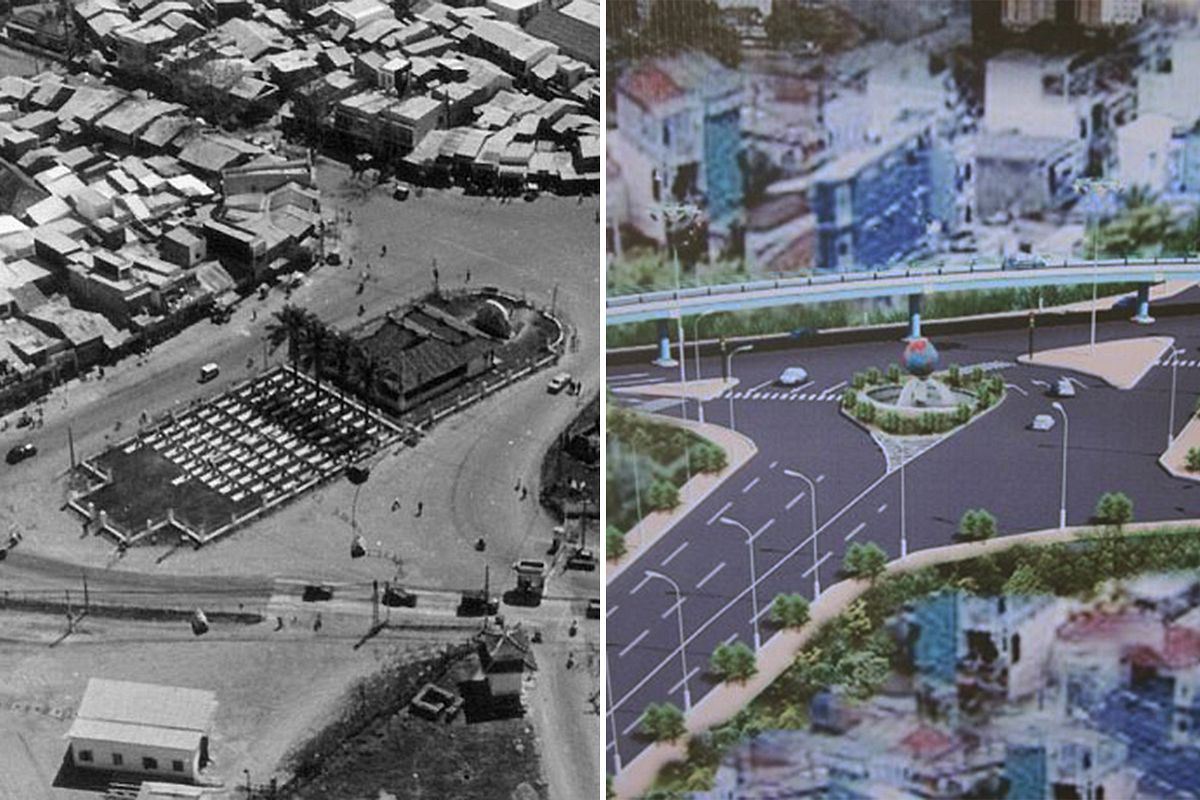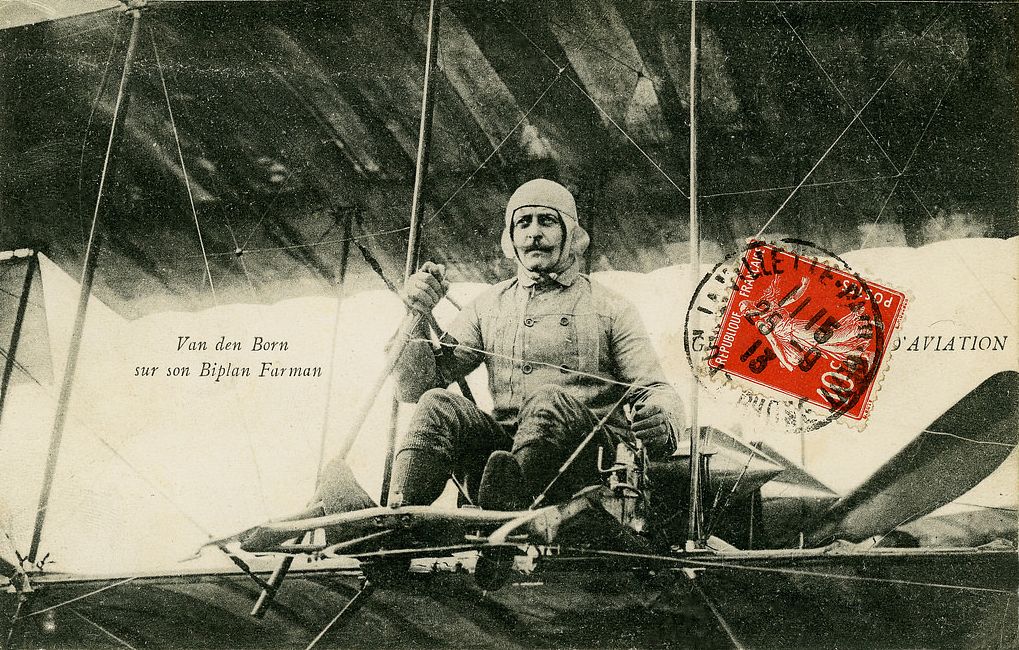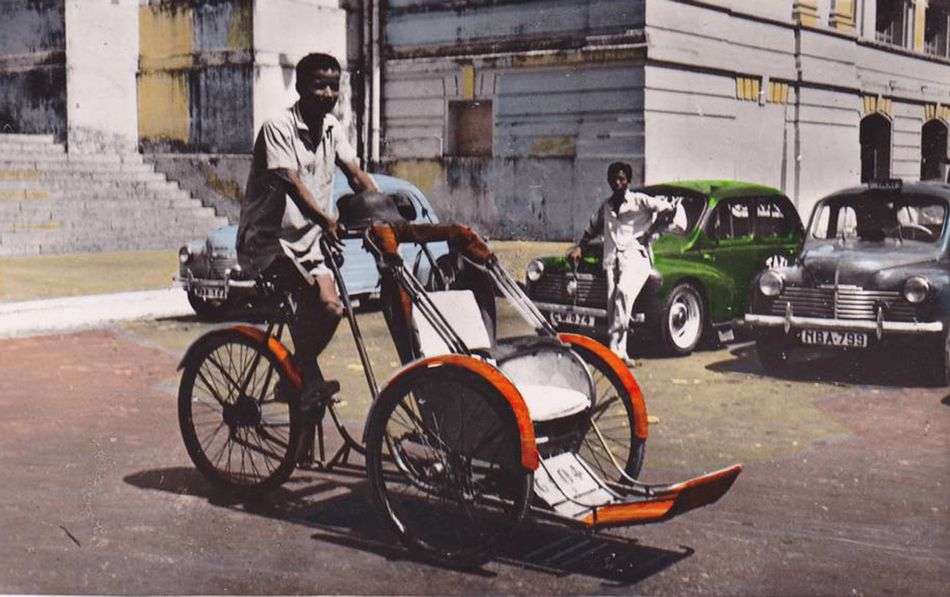When filming the movie adaptation of Marguerite Duras’ 1984 autobiographical novel The Lover, French director Jean-Jacques Annaud made extensive use of Saigon locations. Here’s a run-down of the local landmarks to watch out for when you view the movie.
Jean-Jacques Annaud’s 1992 film of Marguerite Duras’ Prix Goncourt-winning novel l’Amant (The Lover) was one of the first western films to be shot in Vietnam after Reunification.
Based on Duras’ own experiences as a teenager in French Cochinchina, it depicted a forbidden interracial romance between a 15-year-old French girl (played by British actress Jane March) and a 32-year-old Chinese businessman (played by Hong Kong actor Tony Leung). The film featured narration by Jeanne Moreau and a haunting César Award-winning score by Gabriel Yared, but despite its impressive performance at the box office, it garnered mixed reviews from the critics.

The Lover film poster, © Fox Pathé Europa, France.
Unlike Régis Wargnier’s 1992 film Indochine, which used Butterworth in Malaysia as a substitute for Saigon, The Lover made extensive use of historic locations in and around Ho Chi Minh City, Sa Dec and Vinh Long. A Paris studio was used to film most of the interior shots.
The Mekong Delta sequences – the opening scene in which the girl meets the “Chinaman” on a ferry, the École de Sa Đéc and “the horror of the Sa Đéc house” where she lives with her dysfunctional family – all used locations which, at the time of filming, had changed little since the colonial era.
Those sequences filmed in Ho Chi Minh City also made extensive use of its then still relatively abundant colonial heritage, affording fascinating glimpses of parts of the city which have since been completely redeveloped.
One early sequence follows the Chinaman’s car as it makes its way toward Saigon, passing rows of old colonial shophouses near the Xóm Chỉ Bridge over the Arroyo Chinois (Tàu Hủ-Bến Nghé Creek) in Chợ Lớn. The bridge and most of the shophouses in this area have long since disappeared.

The bandstand installed at the Tôn Đức Thắng – Nguyễn Huệ junction, © Fox Pathé Europa, France.
As the car enters Saigon, we’re treated to several views of the river port, where the filmmakers even went to the trouble of installing a bandstand in the middle of the junction where Nguyễn Huệ Boulevard meets the waterfront.
To represent the exterior of the Pensionnat Lyautey, the boarding house where the girl stays while studying in Saigon, Annaud chose the former St. Paul’s Convent building on the corner of Tôn Đức Thắng and Nguyễn Hữu Cảnh Streets.
This particular building was taken over by the government after 1975 and has functioned ever since as the Nursery School Teacher Training Faculty of Saigon University. The film also treats us to several shots of a leafy and peaceful Tôn Đức Thắng Street outside the Pensionnat, then still lined with colonial buildings and a world away from the busy traffic artery of today.

The former St. Paul’s Convent building on the corner of Tôn Đức Thắng and Nguyễn Hữu Cảnh Streets was used as the Pensionnat Lyautey, © Fox Pathé Europa, France.
Marguerite Duras herself studied at the Lycée Chasseloup-Laubat (now the Lê Quý Đôn Secondary School at 110 Nguyễn Thị Minh Khai in District 1), and on several occasions the film shows the girl entering and leaving a colonial school compound marked Lycée Chasseloup-Laubat.
However, if you look closely you’ll see that the compound filmed by Annaud was not the Lê Quý Đôn Secondary School, but rather the former Lycée Pétrus Ký, the only work in the city by urbanist Ernest Hébrard and now the Lê Hồng Phong Specialist Secondary School at 235 Nguyễn Văn Cừ in District 5.

The former Lycée Pétrus Ký was used instead of the former Lycée Chasseloup-Laubat, © Fox Pathé Europa, France.
For a subsequent shot in which the car heads out to Chợ Lớn, Annaud set up a cafe next to the great banyan tree in Lý Tự Trọng Park, opposite the former Lieutenant Governor’s Palace (now the Ho Chi Minh City Museum).
This sets the scene as the car passes – traveling the wrong way along a one-way street!

A café was set up in Lý Tự Trọng Park, opposite the former Lieutenant Governor’s Palace, © Fox Pathé Europa, France.
On the way to Chợ Lớn, the car takes something of a detour, crossing one of the six bridges which once spanned the former Canal Bonard before depositing the couple at the Chinaman’s garçonnière (bachelor pad).
The exterior of the garçonnière itself was represented in the film by 7 Phú Định in District 5 while, needless to say, the X-rated interior shots were all filmed in France.
Annaud also filmed his restaurant exteriors in Chợ Lớn, selecting the two blocks between Phạm Đôn and Phan Phú Tiên Streets which Joseph L. Mankiewicz had used 34 years earlier for crowd sequences in his much-maligned 1958 version of Graham Greene’s The Quiet American.
The Chinaman later goes to see his father in an unsuccessful attempt to be released from his arranged marriage to a Chinese heiress, so that he can be with the girl.

The Dương family residence in Cần Thơ stood in for the real family home of Duras’ “North China Lover” in Sa Đéc.
At the time of filming, the former family house of Duras’ real “North China Lover” Léo Huỳnh Thủy Lê, located at 255A Nguyễn Huệ in Sa Đéc, had been transformed into a government office and could not be used for filming. After scouring the area for a suitable location, Annaud chose instead the old Dương family house at 26/1A Bùi Hữu Nghĩa in Can Tho.
Toward the end of the film, we see the departure by ship of the girl’s troubled elder brother and subsequently of the girl herself. Annaud arranged for a 1920 ocean liner called the Alexandre Dumas to be brought from Cyprus to film these two key sequences, which both feature panoramic views of the old Messageries Maritimes port area.
Like the 1958 version of The Quiet American, Jean-Jacques Annaud’s 1992 film of The Lover affords us a fascinating glimpse of Saigon – Ho Chi Minh City before its transformation in the 1990s.
Tim Doling is the author of the walking tours book Exploring Hồ Chí Minh City (Nhà Xuất Bản Thế Giới, Hà Nội, 2014) and also conducts four-hour Heritage Tours of Historic Saigon and Cholon. For more information about Saigon history and Tim's tours visit his website, www.historicvietnam.com.















